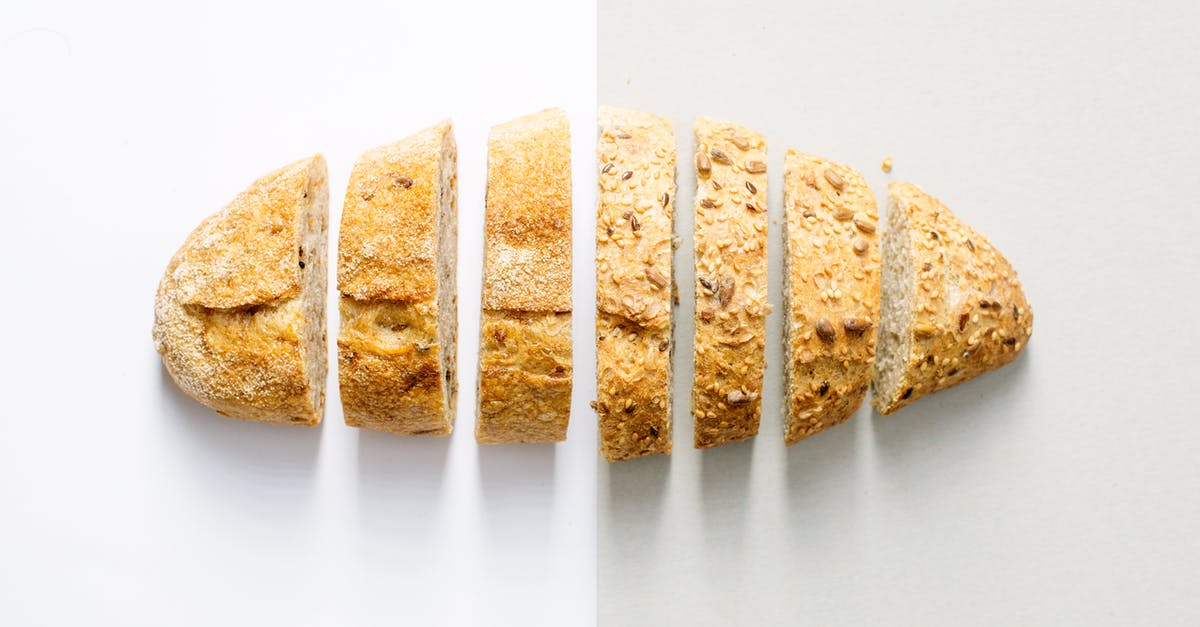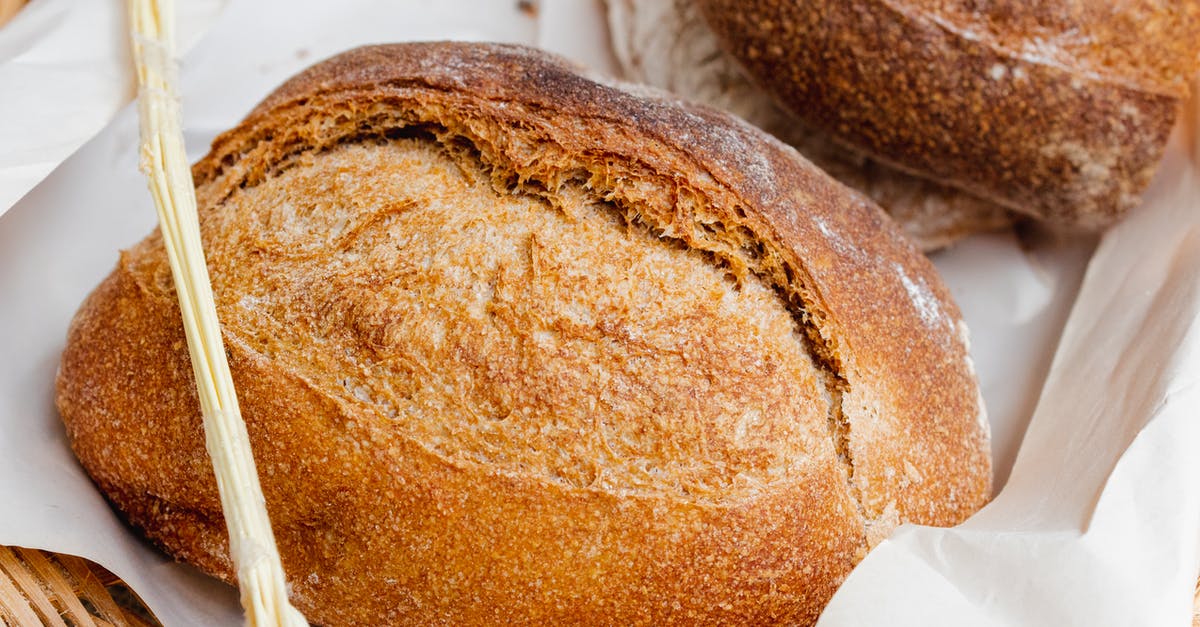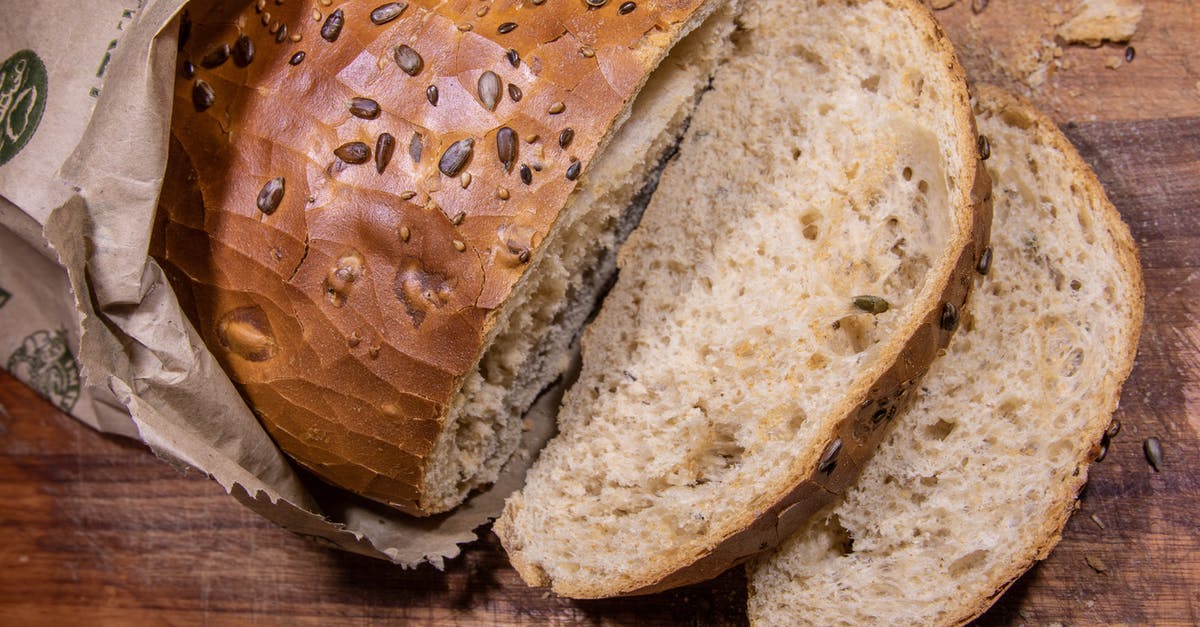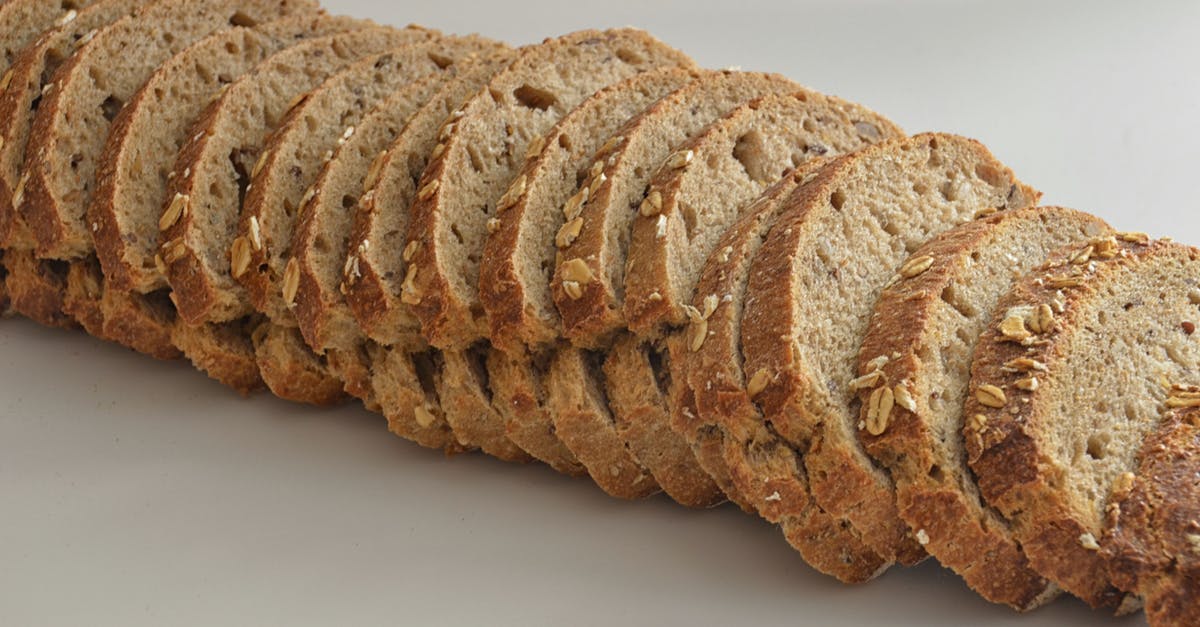Why didn't my 100% whole wheat bread proof?

After enjoying many of the recipes out of The Bread Baker's Apprentice I moved on to Peter Reinhart's Whole Grain Breads to learn about how to make hearth-style 100% whole grain bread. Unfortunately my first loaf reminded me of the total flops I used to make before reading through BBA and using its recipes. It was like a bread brick. I ended up deciding that croutons were the only suitable use. Since then I've made more recipes from the book, but always using his "transitional" variant of half bread flour, half wheat flour. These have risen and proofed perfectly.
The technique from Whole Grain Breads involves pre-doughs. Flour, a very small amount of yeast, and water make up one dough ball that is placed in the refrigerator overnight. More flour, salt, and water are left as another dough ball on the counter overnight. Both enzyme activity and the rise in the fridge contribute to the texture and taste of the resulting bread, at least as far as I understand the theory. The next day the final dough is formed, allowed to rise once and proof once, and bake.
With my first loaf I attempted a free-standing boule. I know that surface tension is critical to getting a boule to rise up and not out, but I am pretty sure that my surface tension on the boule was correct. For the transitional loaves since I've used a loaf pan and a sandwich shape, which may have helped them to rise. I've also done transitional pitas which seemed to puff up just fine during rising, even during proofing as small boules before rolling out.
I don't want to try the 100% whole grain recipe again without knowing that it will work. I know that some bakers add vital wheat gluten to 100% whole grain recipes to ensure that they rise, but it seems like Reinhart's recipes should work without the additional gluten. Any other ideas for what may have gone wrong?
Best Answer
You said that the dough rose but then didn't proof.
Lightly textured whole wheat bread is difficult for two reasons-
1- There isn't as much gluten.
2- The gluten that is there tends to get cut up by sharp wheat fragments.
The result is, as with all poor gluten development, that the loaves have trouble maintaining their structure, don't rise as well, and the result is the dense, tough, or doughy bread that most people think of with horror when they think of whole wheat.
There are a couple ways to deal with this problem-
1- Use very very finely ground wheat flour. If you can feel gritty shards then it will have trouble rising.
2- Add vital wheat gluten. This may be seen as cheating and is similar to the transitional recipes that you said you had success with. Many whole wheat recipes call for extra gluten.
If you don't add more gluten in some form you can make a successful boule but don't expect it to be as light and open as one made with white flour.
What you might lose in delicateness you will more than make up for in flavor and nutrition.
Pictures about "Why didn't my 100% whole wheat bread proof?"



Why did my whole wheat bread not rise?
You've added too much sugar to the dough. Any loaf where the weight of the sugar is 10% or more of the flour weight* is going to rise sloooowly. Add too much sugar, and your bread will stop rising entirely.Does whole wheat bread take longer to proof?
You'll also probably have to give your whole wheat dough more time to rise than you would white dough, thanks to the heavy germ and bran particulates.Why is my bread not proofing?
8 reasons why your bread dough is not rising:Yeast needs to be warm - not too hot, not too cold. Yeast is too cold If the other ingredients are too cold, it could cause some of the yeast to die. Was the dough kneaded properly? Dough may not have been kneaded enough.Why does whole wheat bread take longer to rise?
The more whole wheat flour you use the more bran and germ there is in the dough and the more the gluten gets shredded. This is why as you increase whole wheat flour you usually must expect a decrease in loaf volume. To allow for proper gluten formation, you need to let the bread rise longer. Much longer.More answers regarding why didn't my 100% whole wheat bread proof?
Answer 2
Buy a 5 lb bag of Bob's Red Mill Winter Wheat and try again. It's the finest grind of 100% that I know of.
Make sure you are using enough water. 100% breads need at least 80%...if you can handle the stickiness use 90%...i do.
I have stopped using flour during kneading to handle the dough. I just work next to the sink and keep my hands wet...no sticking. I also cover the dough with a wet towel during all proofing/rising.
Good slashing techniques are more important with WW to get the most out of the dough spring. I also start with my stone at 450 degrees and then lower it at ~8 minutes to 400.
Answer 3
Try grinding twice and then sifting out about 10-13% which sets aside the bran and some germ. Soak this bran (and some germ) in an equal weight of water. Let sit for 6 hrs. The 87-90% left is called bolted flour. Then start the recipe. Measure out the water for the recipe (minus what was used to soak the bran). Add the soaked bran to spread it evenly into the dough. Then add the flour (the bolted flour) , salt, etc. This method significantly reduces the effect of the sharp effects of the bran on gluten development. Typically a 100% whole wheat lean bread dough is from 85%-100+% hydration. Try going with 85% and work your way up. Are you using instant yeast? For 500-600 gr wheat berries, try 2.5 tsp. Hope this helps.
Sources: Stack Exchange - This article follows the attribution requirements of Stack Exchange and is licensed under CC BY-SA 3.0.
Images: Mariana Kurnyk, Bruno Thethe, Magda Ehlers, hermaion
